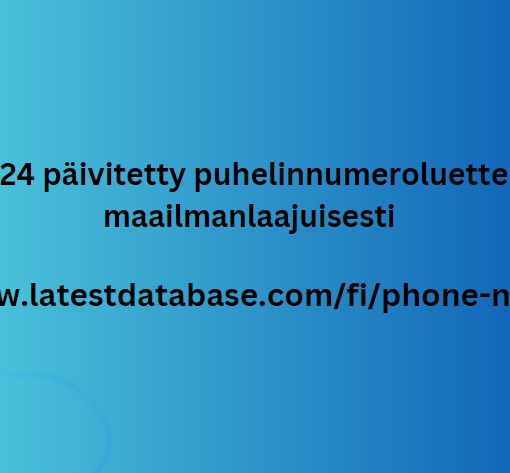While attending Dreamforce last month in San Francisco, it was apparent Salesforce is all in on the Data Cloud and leveraging it to feed data into their LLMs—especially to support Einstein AI for tools like the newly announced Agentforce. With so much talk around “zero-copy” and integration with cloud sources such as Snowflake, Google Cloud and AWS, it may seem like Salesforce Connect, an existing feature offered by Salesforce, is losing relevancy—but that is far from the truth.
In this blog, I’ll explore why Salesforce Connect remains essential for real-time data access, read/change/update operations and transactional use cases.
Salesforce Data Cloud: Unifying Data for AI and Insights
Salesforce Data Cloud is designed to integrate data from various sources—including internal systems, external applications and third-party data providers—into a unified customer profile. This allows businesses to break down data silos and leverage a 360-degree view of their customers.
Salesforce Data Cloud excels at collecting, cleansing and harmonizing large datasets. This refined data can power insights, predictive Päivitetty puhelinnumero 2024 maailmanlaajuisesti models and AI-driven actions using Einstein AI. This data is then readily available to analyze and generate actionable insights, such as predicting customer behavior, personalizing interactions or optimizing sales strategies.
Sounds great right? For AI sure—but what it doesn
’t do is allow you to manage real-time, single-source-of-truth data sources where you read the data while you update it. For example, think about the IBM DB2 in your organization with years of CRM data or your PostgreSQL database housing all Pobjednički trendovi digitalnog marketinga your inventory data which needs to be updated in real-time for your sales and call center teams.
Why Salesforce Data Cloud Isn’t a america email list Replacement for Salesforce Connect
While Salesforce Data Cloud is excellent for integrating and analyzing data, it doesn’t replace Salesforce Connect when it comes to enabling real-time access to external data. Here’s why:
Data at Rest vs. Data in Motion: Salesforce Data Cloud focuses on ingesting, cleansing and processing large datasets for analytics and insights. However, it typically deals with data at rest, meaning it is used for analyzing past behaviors, trends and patterns. On the other hand, Salesforce Connect shines.





